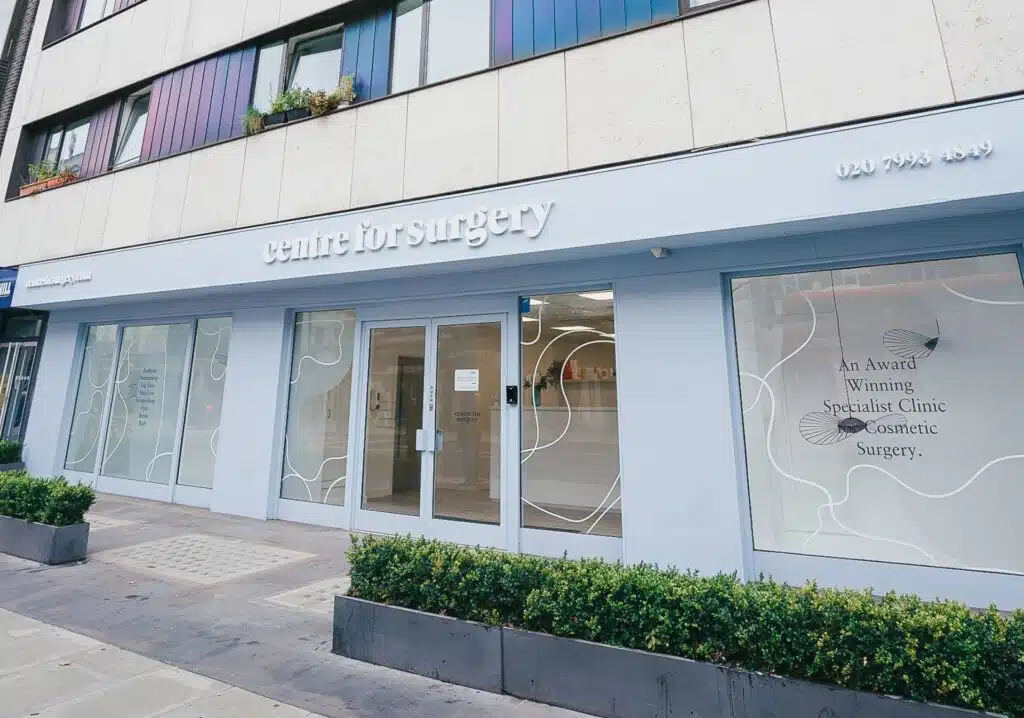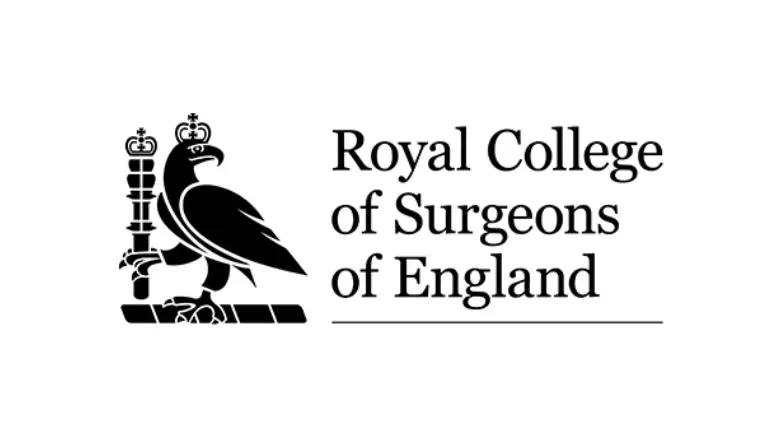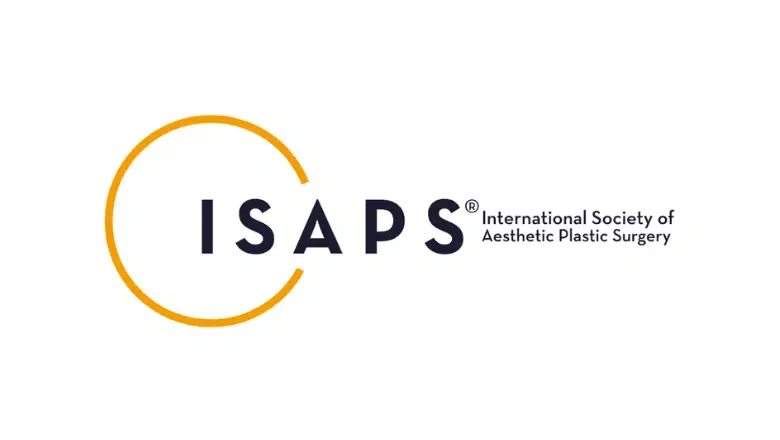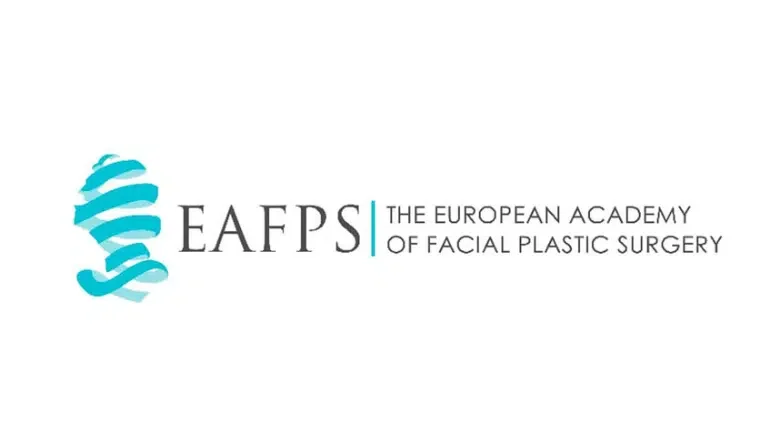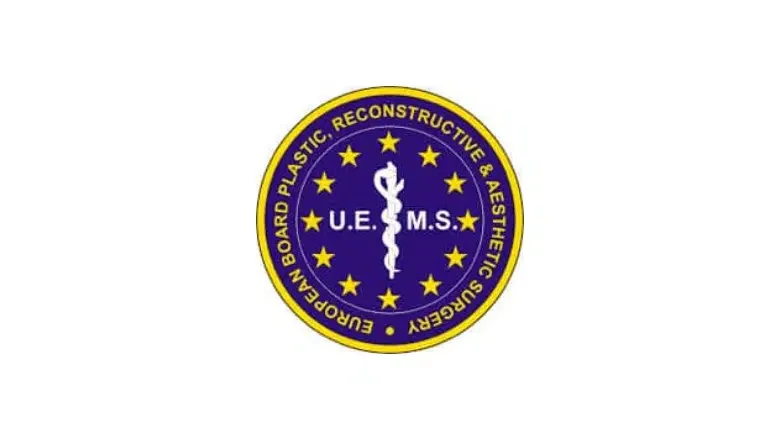Tips For Sleeping After Abdominoplasty Surgery
Experience a smoother and more comfortable recovery after your abdominoplasty procedure by prioritising sleep and rest. At Centre for Surgery, we understand the importance of good sleep hygiene and proper postoperative care in ensuring a successful healing process and minimising discomfort.
Our top surgeons at Centre for Surgery, a specialist plastic surgery clinic located in Marylebone, have over 20 years of experience in performing body contouring procedures, including numerous tummy tuck surgeries. With their outstanding skills and expertise, they are dedicated to providing patients with exceptional results and a swift return to daily activities.
In our latest blog, we share valuable tips and best practices for optimal sleep positioning, use of support garments, and pain management after an abdominoplasty. By following the advice and guidelines provided by our highly skilled plastic surgeons, you can minimise the risk of complications and ensure the best possible outcome for your surgery.
Choose Centre for Surgery and entrust your tummy tuck procedure to some of the UK’s top surgeons, who are committed to delivering unparalleled results in a state-of-the-art facility. Embark on your journey to a transformed appearance and a seamless recovery with the guidance of our exceptional clinical support team at our Baker Street clinic.
RELATED: How to Sleep After Cosmetic Surgery
What is an Abdominoplasty?
Abdominoplasty, more commonly referred to as a tummy tuck, is a surgical procedure aimed at enhancing the appearance of the abdominal area by removing excess skin and fat and tightening the underlying muscles. The outcome is a flatter, more toned, and contoured midsection, which can significantly improve one’s overall appearance and self-confidence. This procedure can be performed for both cosmetic purposes and to address certain medical conditions, such as rectus diastasis (separation of the abdominal muscles) or abdominal hernias.
The abdominoplasty procedure is often combined with liposuction to achieve more comprehensive results, as liposuction can help remove stubborn fat deposits and further sculpt the abdominal area. Depending on the patient’s specific needs and goals, the surgeon will choose the most appropriate technique to achieve the desired outcome. There are several types of abdominoplasty procedures, including:
- Full abdominoplasty: Also known as a traditional or complete tummy tuck, this procedure is ideal for patients who have significant excess skin and fat in the entire abdominal area, as well as weakened or separated abdominal muscles. It involves making a horizontal incision from hip to hip, just above the pubic area, and a second incision around the navel. The surgeon will then remove the excess skin and fat, tighten the underlying muscles, and reposition the navel.
- Mini abdominoplasty: This less invasive option is suitable for patients with a smaller amount of excess skin and fat, primarily located in the lower abdomen below the navel. A mini tummy tuck involves a shorter incision and does not require repositioning of the navel. This procedure typically results in a faster recovery and less scarring compared to a full abdominoplasty.
- Extended abdominoplasty: This procedure is designed for patients with significant excess skin and fat that extends to the sides and back, often resulting from massive weight loss or post-pregnancy changes. The extended tummy tuck involves a longer incision that wraps around the waist to address the excess tissue in the flanks and back, in addition to the abdomen.
- Fleur-de-lis abdominoplasty: This technique is used for patients with extensive excess skin and fat in both the horizontal and vertical dimensions of the abdomen. It involves a vertical incision from the pubic area to the chest, in addition to the horizontal incision used in a traditional tummy tuck. This allows for more comprehensive removal of excess tissue and a dramatic improvement in the overall contour of the abdomen.
By tailoring the abdominoplasty procedure to each patient’s unique needs and goals, the surgeon can achieve optimal results and help patients enjoy a more contoured, toned, and youthful-looking abdomen.
Tips for Comfortable Sleep Following an Abdominoplasty Procedure
This guide aims to provide helpful suggestions for achieving restful sleep after undergoing an abdominoplasty procedure. It’s crucial to remember that each surgery is tailored to the individual, and it’s vital to adhere to the post-operative instructions provided by your surgeon. The tips outlined here serve as a general reference and should not be viewed as a replacement for expert medical guidance. For optimal recovery, maintaining open communication with your plastic surgeon and closely following their recommendations is of utmost importance.
Optimal Sleep Position Following an Abdominoplasty Procedure
Ensuring proper sleep positioning after abdominoplasty is crucial for promoting a smooth and successful recovery. The recommended sleep position following this surgery is lying on your back with a pillow placed under your knees. Adopting this position alleviates pressure on the abdominal area, encouraging the healing process and minimizing the likelihood of complications. Lying on your back also aids in preventing fluid accumulation and reducing swelling, which in turn allows for easier and more comfortable breathing.
It is essential to refrain from sleeping on your stomach for several weeks post-procedure. Resting on your stomach can exert pressure on the surgical site, heightening the risk of complications and impeding the healing process. Furthermore, sleeping in this position may exacerbate discomfort, making it challenging to achieve a restful night’s sleep. By maintaining the recommended sleep position, you can better support your body’s healing process and ensure a more comfortable recovery.
Benefits of Correct Sleep Positioning Following Abdominoplasty
Maintaining the appropriate sleep positioning after abdominoplasty is crucial for a successful recovery, offering a range of benefits that contribute to the healing process. Some of the primary advantages of adhering to proper sleep positioning after this surgery include the following:
- Decreased swelling: Correct sleep positioning helps minimise swelling in the abdominal region by fostering healthy circulation and facilitating the effective drainage of fluid.
- Alleviated pain: Lying on your back with a pillow beneath your knees helps to relieve pressure on the surgical site, resulting in diminished discomfort and a reduction in pain throughout the healing process.
- Enhanced healing: By minimising pressure on the incision site, appropriate sleep positioning promotes the healing process and lowers the risk of complications.
- Easier breathing: Resting on your back allows for more comfortable breathing and may decrease the likelihood of breathing difficulties, particularly for those who snore or suffer from sleep apnea.
- Improved sleep quality: Proper sleep positioning contributes to reduced discomfort and accelerated healing, ultimately leading to better sleep quality. This makes it more feasible to achieve the restorative rest needed for an effective recovery.
Fostering Healthy Lifestyle Choices for a Speedy Recovery Following a Tummy Tuck
Implementing healthy habits involves embracing lifestyle modifications that encourage effective healing and contribute to the maintenance of the procedure’s results. Several crucial healthy habits can facilitate a successful recovery after an abdominoplasty, including:
- Adopting a nutritious and well-balanced diet: Incorporating an abundance of fruits, vegetables, lean proteins, and whole grains into your meals can supply the essential nutrients your body requires for recuperation and healing.
- Ensuring proper hydration: Consuming an adequate amount of water can aid in reducing swelling and bolstering the overall healing process.
- Sustaining a healthy weight: Maintaining a stable weight can help guarantee that your abdominoplasty results endure over time.
- Steering clear of nicotine and alcohol: These substances have the potential to hinder the healing process and heighten the risk of complications post-surgery.
- Prioritising sufficient sleep: Aiming for a minimum of 7-8 hours of sleep per night can support your body’s recovery efforts while also alleviating stress.
- Engaging in regular physical activity: Gentle exercises, such as walking or light yoga, can assist you in regaining your strength and mobility after the procedure.
RELATED: How to Walk After A Tummy Tuck
Utilising Support Garments after Abdominoplasty
In the UK, it is common for patients to wear post-operative compression garments during their recovery following an abdominoplasty. These garments, designed to cover the surgical site, offer support, compression, and enhanced circulation. The following points highlight the advantages of using post-operative compression garments after a tummy tuck:
- Improved contouring: Some post-operative compression garments are specifically crafted to shape the body’s contours, assisting in refining the appearance of the surgical area and contributing to a more visually appealing outcome.
- Increased comfort: The compression and support offered by these garments can alleviate discomfort and augment overall comfort throughout the recovery process.
- Reduced swelling: Compression garments help minimise swelling in the operated area by promoting circulation and facilitating effective fluid drainage.
- Lowered risk of complications: Post-operative compression garments support healing and decrease the likelihood of complications by providing support and alleviating pressure on the incision site.
Pain Relief Options after Abdominoplasty at Centre for Surgery
Effective pain management following an abdominoplasty is a crucial component of the recovery process. Centre for Surgery offers a variety of pain relief options to ensure a comfortable recovery:
- Medications: Our surgeons prescribe appropriate pain medications to alleviate discomfort and minimise inflammation. It is vital to adhere to the instructions for these medications and avoid driving or operating heavy machinery while taking them.
- Ice therapy: Utilising ice packs on the treated area can help diminish swelling and discomfort. Ensure the ice packs are wrapped in a towel and applied in 20-minute intervals, several times daily.
- Elevation: Elevating the treated area can aid in reducing swelling and discomfort. Use pillows or cushions to prop up the affected area while sitting or lying down.
- Gentle movement: Mild movement and stretching can help alleviate pain and stimulate circulation. Your surgeon will provide recommendations on suitable exercises and movements tailored to your recovery process.
- Massage: Gentle massage can help relieve pain and lessen swelling in the affected area. Avoid massaging the incision site and consult your surgeon before commencing any massage therapy.
- Relaxation techniques: Managing stress is essential as it can exacerbate pain and discomfort. Methods such as meditation, deep breathing, or yoga can be beneficial in promoting relaxation.
- Follow-up appointments: Attending all follow-up appointments with your surgeon is crucial. They can monitor your progress and offer additional pain management suggestions if required.
SLEEPING AFTER TUMMY TUCK FAQs
How should I position myself for sleep after undergoing abdominoplasty surgery?
Post-abdominoplasty, the optimal sleep position is on your back with the upper body slightly raised. This specific posture aids in minimizing swelling and alleviating pressure on the surgical area, thereby facilitating a smoother recovery. To achieve this, employ pillows or a wedge pillow under your knees and behind your back to provide both support and comfort throughout the night. It’s crucial to avoid sleeping on your stomach or sides in the initial recovery phase, as these positions could exert undue stress on your freshly healed abdomen, potentially hindering the healing process.
For how long must I maintain an elevated sleep position after my abdominoplasty?
The timeframe for sleeping in an elevated position post-abdominoplasty can vary from one individual to another, contingent upon each person’s unique healing journey. However, the general recommendation is to adhere to this sleep posture for several weeks following your procedure. Your surgical team will offer tailored advice reflecting your specific recovery milestones. As your body heals and swelling subsides, you’ll be guided on gradually transitioning back to your regular sleep positioning, ensuring your comfort and the integrity of your surgical results throughout the recovery period.
Following a mini-abdominoplasty, can I sleep on my stomach?
After undergoing a mini-abdominoplasty or mini tummy tuck, it is generally recommended to avoid sleeping on your stomach for a few weeks. This is because sleeping on your stomach can put pressure on the incision site and potentially compromise the healing process. Instead, it is recommended to sleep on your back with your head and upper body elevated, either with pillows or a wedge pillow, to reduce swelling and discomfort.
When can I resume my regular sleep position after undergoing an abdominoplasty?
The amount of time it takes to resume your regular sleep position after an abdominoplasty can vary based on the extent of the surgery and your individual healing process. It is best to consult with your surgeon for specific guidelines on when it is safe to sleep on your stomach or resume your regular sleep position.
Is it permissible to sleep on my stomach following an abdominoplasty?
In general, it is not recommended to sleep on your stomach following an abdominoplasty until the incision site has fully healed and your surgeon gives you the green light to do so.
Is it possible to utilise pillows for support around the incision site post-abdominoplasty?
Yes, it is possible and often recommended to use pillows for support around the incision site post-abdominoplasty. Placing pillows under your knees can help alleviate tension on your abdominal muscles and reduce pressure on the incision site. Additionally, placing a pillow or cushion against your abdomen while coughing or sneezing can provide support and reduce discomfort.
After an abdominoplasty, is it typical to feel discomfort while sleeping?
It is normal to feel discomfort while sleeping after an abdominoplasty, particularly in the first few days following the procedure. This discomfort can be managed with prescribed pain medication and by following proper sleeping guidelines, such as sleeping on your back with your head and upper body elevated. However, if you experience severe or persistent pain while sleeping, it is important to contact your surgeon for further evaluation.
RELATED: Torn Internal Stitches After a Tummy Tuck – Symptoms and Management
What strategies can I employ to manage post-operative pain and enhance sleep quality?
Effective pain management is pivotal for achieving restorative sleep after your abdominoplasty. It’s important to follow your surgeon’s instructions regarding pain relief medication closely. Enhancing your sleep setup with strategically placed pillows can also contribute to your comfort and support. Creating a serene and conducive sleeping environment, alongside exploring natural pain management techniques such as relaxation exercises, can further promote restful sleep. Should pain become a significant barrier to your sleep, it’s imperative to consult with your healthcare provider for additional guidance and support.
Learn more about the best sleeping positions after a tummy tuck at Centre for Surgery
At Centre for Surgery, our surgeons provide detailed instructions for optimal healing and recovery after a tummy tuck. If you have any questions or concerns about sleeping positions or postoperative care, our team is always available to provide support and guidance.

